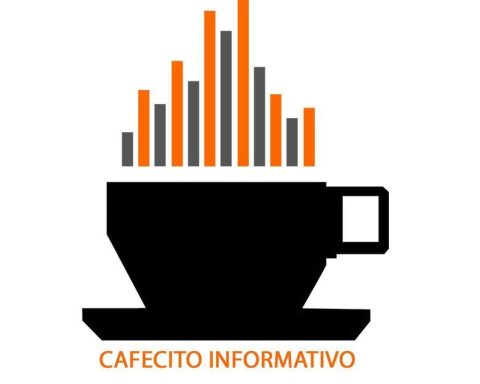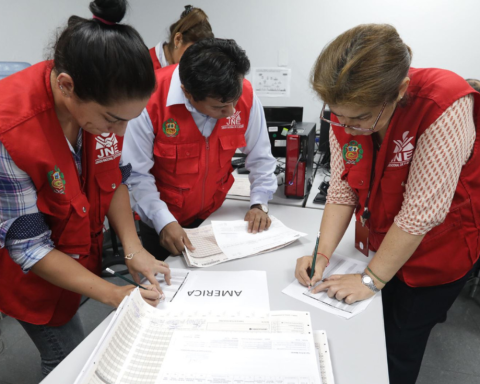For 21 days, your income must be used only for essential purchases in food, health, education, services, rent.
The financial fast It is a 21-day challenge with which you will learn to identify what is truly necessary in your life and what is not.
In other words, it is about applying a method that proposes that for that period only expenses related to needs and survival and leave aside the shopping by wish
The main objective, according to María Belén Moreno, a personal finance adviser, is to recover an economy worn out by excesses, debts or bad economic times. It is in these situations when it is most recommended to apply it.
It can also be done after holidays or at the beginning of the year, which normally involve many more expenses than usual.
How to make a financial fast?
We know that diets are not easy, but this financial fast it’s worth it, so take note of the four rules you must follow to do it correctly.
1. Do it for 21 days
The first golden rule is to respect the times. Three weeks can seem like an eternity if he’s used to bad shopping habits. But if he does it for less time, you will not receive the benefits of the method and his economy will continue as before.
If during the 21 days you break any of the rules, then it is best to start everything from scratch and that this motivates you to do better next time.
2. Buy only if necessary
To comply with this rule, you must identify those expenses that are essential to live and those that are just wishes or whims. This is not to say that indulging is bad, but if you want to heal your finances to start new habits, then you should put them aside while fasting. Some survival-oriented needs are: housing, food, education, medical care and medicines, basic services, transportation and cleaning.
Check your budget to make sure you take into account all the expenses necessary for survival.
3. Pay with cash
During the 21 days it is recommended that you physically visualize the money you are spending. Therefore, it is recommended to use cash to make your survival purchases.
This will make you more aware of the flow of money in your wallet and you will think twice every time you want to make an impulse or wish purchase. Watching your bills fly out of your wallet is a powerful way to visualize or make your budget real
After three weeks, you can go back to using your credit and debit cards to make your purchases.
4. Make a spending diary
More than a record, the suggestion is to always have a journal of expenses where you write down all the purchases you make with their respective amounts. With this tool you will know what you are using your money for, how much you are saving each day and what are the temptations that you are having a hard time letting go of, so you can work on them.
Three advantages of putting your finances on a fast
Learn to spend wisely: Excessive purchases or expenses ant are the ones that kill a healthy economy. With this method you will clearly know what your needs and those of your home are and you will be able to better decide what you are going to spend on.
You will control temptations better: If good offers did not escape you before, now you will be able to ignore them with determination. Knowing you don’t need it will calm your urge to buy.
You will know your savings capacity: Reducing those expenses unnecessary, you’ll realize how much money you have left to save. From that moment, you will have set a precedent to improve your finances. (JS)
IT MAY INTEREST YOU:
Pre-allocations leave little to share from rising oil prices


















